- What is low vision?
- How do I know if I have low vision?
- What can I do if I have low vision?
- What happens in a low vision examination?
- What are diseases that can cause low vision?
This subspecialty aims to help individuals maximize their remaining vision to help improve the quality of their lives. If you have an eye disease and there is no more treatment options for this but you still have some vision, a low vision specialist can help you use this vision and improve your life.
What is low vision?
Low Vision is poor or bad vision that cannot be corrected by glasses, contact lenses, medicine or surgery. So everyday activities like reading, watching television, cooking, driving, writing and others become difficult to do.
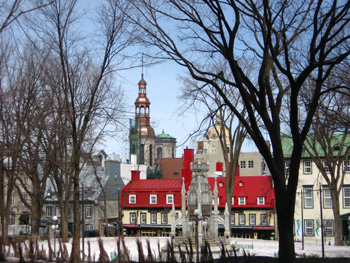
Normal Vision
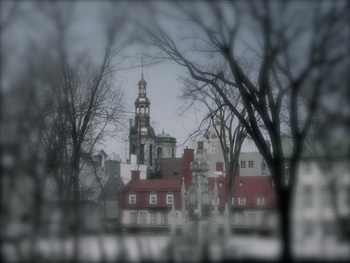
Seeing with Low Vision
How do I know if I have low vision?
If you have difficulty recognizing faces even while wearing your glasses.
If you have difficulty reading, sewing, cooking, fixing things around the house.
If you have difficulty going around an unfamiliar environment, reading signs in the street.
If you have difficulty doing things in dim lights,
Then you might have a visual impairment.
When you have a visual disturbance, you must go to your ophthalmologist.
Low vision services deals with maximizing your residual vision with the use of specific aids.
What can I do if I have low vision?
First visit your eye doctor to see if glasses, medications, laser or surgery can treat your vision problems.
If none of these options help you, you can go to a low vision specialist who will help you use your vision through devices, and rehabilitation.



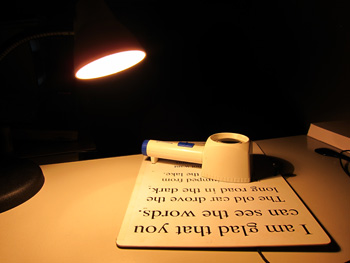
Your low vision specialist will help you learn how to use these devices to help you get back to doing the activities you like to do.
What happens in a low vision examination?
The low vision specialist will ask your history, including hobbies, daily life, educational background, current health, and goals for the future.
Your vision will be tested and the current prescription will be tested to see if it is correct. Also your peripheral vision will be assessed.
The low vision specialist will then introduce devices for near and far viewing and determine which will be helpful for you. These devices may include magnifiers, telescopes, video magnifiers, closed circuit television, and the like. You will be taught how to use these devices to help you with your remaining vision.
Adaptations in daily living in the home and at work will be discussed.
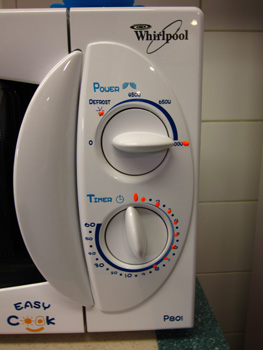
Tactile Markers
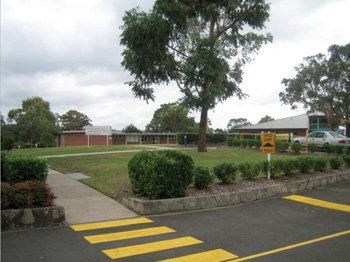
Concept of Contrast
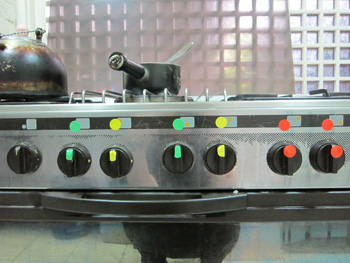
Marking Dials of the Oven
The goal of the low vision specialist is to help the patient lead an independent life, despite the visual impairment.
What are diseases that can cause low vision?
Age related macular degeneration, and other diseases that affect that macula cause a loss of central vision.

Simulated vision of a person with age related macular degeneration
A cataract is an opacity of the lens of the eye; corneal disease is when the transparent layer in the front of the eye has scars or opacities. Both cataracts and corneal disease can cause one's vision to be hazy or blurry.
Optic neuropathy is when the nerve of the eye (optic nerve) gets affected. This causes a decrease in color vision and blurred vision.

Decreased color vision

Glaucoma is a disease of the optic nerve that causes a gradual constriction of the visual field. The end point of this disease is tunnel vision.
Retinitis pigmentosa is a hereditary eye condition that causes a gradual degeneration of the retina, and eventually leads to tunnel vision.
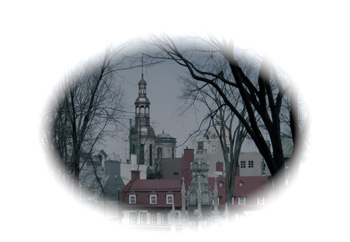
Constricted visual field as seen in advanced glaucoma and retinitis pigmentosa
These are only some of the diseases that may cause low vision. If you have any of these diseases, or if your vision is blurred and glasses, contact lens, or surgery is not an option; and if you were told that nothing more can be done for youÖ
LOW VISION and VISION REHABILITATION provides solutions to improve your life.
To know more, go to www.lowvisionmanila.com



